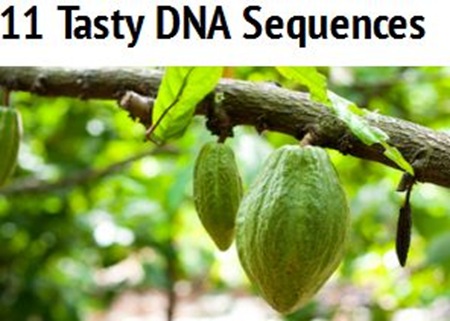
Plant sequences on the rise
DNA scientists seem to be on a plant streak lately. Common wheat, watermelons, apples and cocoa trees have all had their DNA read in their entirety by scientists since 2010. Since its invention, DNA-reading technology has rocketed in sophistication while plummeting in price, so more and more species are sequenced every year. Knowing the DNA sequences of plant species may help scientists breed - or engineer - tastier, hardier, more nutritious, and more durable fruits, vegetables and grains. Such knowledge could have a major effect on hunger around the world, especially as scientists sequence important staples such as rice, wheat and corn.
Here are some of our favourite edible plants whose DNA codes have been published. More are sure to come soon; there are dozens of projects in progress around the world. Yum.
11. Bread wheat
Credit: Olena Mykhaylova | Shutterstock.com
These little grains are governed by an especially big genome, scientists found. Bread wheat, scientifically known as Triticum aestivum, has at least 94,000 genes and three copies of each gene, a group of European and U.S. researchers discovered. Humans, in contrast, have only about 20,000 genes and two copies of each gene. (Scientists have long known that the number of genes an organism has is no indication of how smart or sophisticated the organism is.)
Wheat's huge number of genes made its sequencing an especially tough job for researchers, the Los Angeles Times reported. Researchers published the bread wheat genome Nov. 28.
10. Watermelon
Credit: Nattika | Shutterstock.com
Refreshing! Scientists published the watermelon genome Nov. 25. Not so refreshing: The fruit lost many of its disease resistance genes after domestication, an international research team found. Researchers also identified the genes that contribute to sweetness, colour and size, according to Cornell University News.
By coincidence, watermelons have roughly the same number of genes as humans do, about 20,000.
9. Tomato
Credit: silver-john | Shutterstock.com
When deciding the variety of tomato to examine for a DNA sequence, scientists chose one that may be familiar to many Americans: Heinz 1706, a tomato used in ketchup. Scientists also looked at a wild tomato ancestor, as Tech News Daily sister site Live Science reported. By looking for the differences between the two, researchers were able to find the genes that make the domestic variety larger and more flavourful than its wild parent.
8. Potato
Credit: Africa Studio | Shutterstock.com
Baked, fried, mashed, scalloped…and now, potatoes have been sequenced. The tasty tuber's gene pool is unhealthy, a team of international researchers found in 2011. The potato gene pool is small because farmers often use sprouted potatoes to grow new plants, creating plants that are genetically identical to their parents, instead of planting new seeds that have new mixes of genes. Knowing the sequence of potato DNA may help scientists improve their genes, the potato team wrote.
7. Wild strawberry
Credit: Igor Normann | Shutterstock.com
Small, wild woodland strawberries got the DNA sequence treatment in 2010. Researchers will try to use the findings to breed tastier strawberries, Live Science reported. One fruit chemical of interest is methyl anthranilate, which gives Concord grapes their distinctive flavour and appears, but is rare, in cultivated strawberries.
6. Chocolate
Credit: mchin | Shutterstock.com
Like siblings fighting over that last candy bar, two research groups vied for the honour of publishing the cocoa bean tree DNA sequence first. One was led by candy maker Mars; the other, by competitor Hershey.
The competition was actually a friendly one, PhysOrg reported. The two groups chose to work with different varieties of cocoa, and cocoa-breeding science will benefit from having both sequences available, the New York Times reported.
Mars, which cooperated with the U.S. Department of Agriculture, ended up publishing its sequence first, in October 2010.
5. Apple
Credit: Lichtmeister | Shutterstock.com
All-American apple pie has a faraway ancestral homeland, an international team of researchers discovered in 2010. After piecing together a Golden Delicious apple's DNA sequence, scientists determined that domestic apples' wild ancestor was a species native to southern Kazakhstan.
4. Corn
Credit: LENA GABRILOVICH | Shutterstock.com
Corn is one of the world's most sophisticated bioengineered crops, and scientists had the tools to understand corn's genome early on. An international group, which included many from the corn-producing U.S. state of Iowa, published a first draft of corn's DNA sequence in 2008. The group then published a more accurate draft in 2009.
Eighty-five percent of the genes in corn are of a special type that is able to excise itself from its place in the DNA string and move to another spot, the corn researchers found. Among other things, these so-called "jumping genes" create corn with multi-coloured kernels.
3. Papaya
Credit: Edward N | Shutterstock.com
The University of Hawaii led the effort to sequence this fragrant tropical fruit in 2008. Papayas are an important commercial crop in Hawaii, and scientists decided to read the DNA of a genetically engineered domestic breed called the "SunUp" papaya. University of Hawaii researchers hoped to help Hawaiian farmers earn permission to sell genetically engineered papayas to Japan, their primary market, Nature News reported. Most Hawaiian papayas are engineered to resist the papaya ringspot virus, which swept the state in 1990s, the Associated Press reported.
After 10 years of negotiations, genetically engineered papayas began appearing in Japanese supermarkets early this year. In Japan, they are labelled as a genetically modified organism (GMO), according to national law.
2. Wine grape
Credit: Brandon Bourdages | Shutterstock.com
In 2007, the pinot noir grape became the first fruit to have its DNA totally sequenced. The grape has many copies of genes associated with wine's distinctive fragrance, a team of French and Italian scientists reported.
1. Rice
Credit: jbmake | Shutterstock.com
One of the first foods - and indeed one of the first plants - to have its genome sequenced is a staple for 3 billion people around the world. In 2002, Chinese and U.S. geneticists separately sequenced two popular varieties of rice.

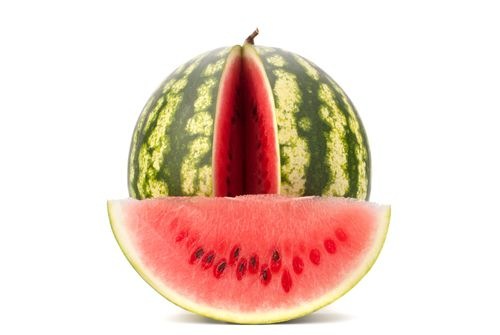
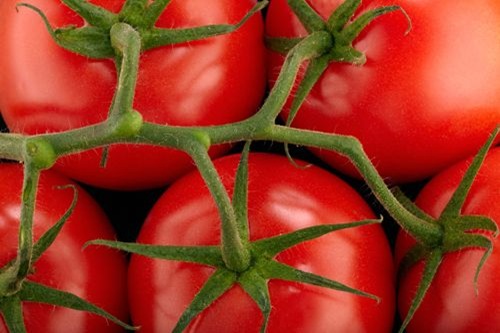
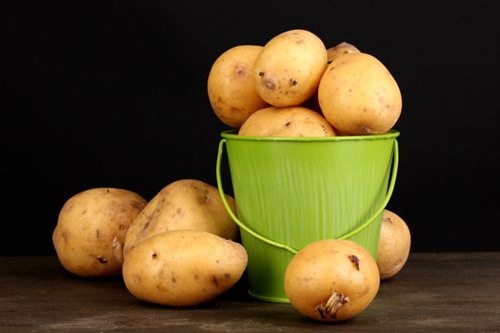
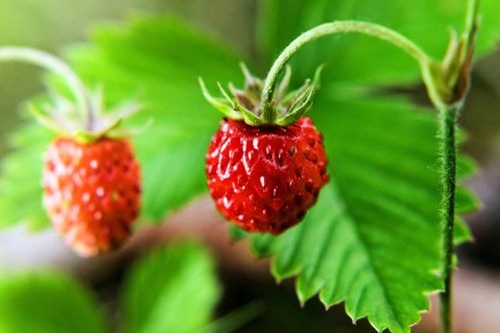
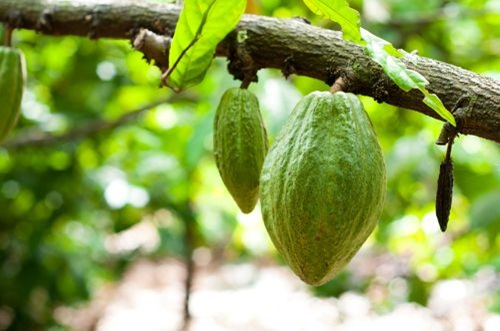
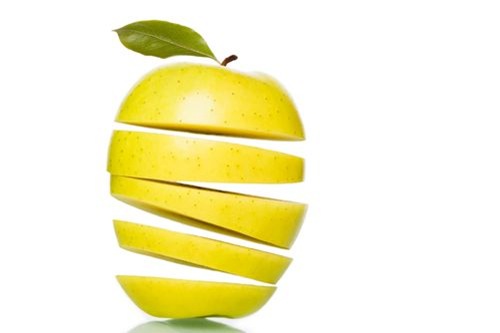
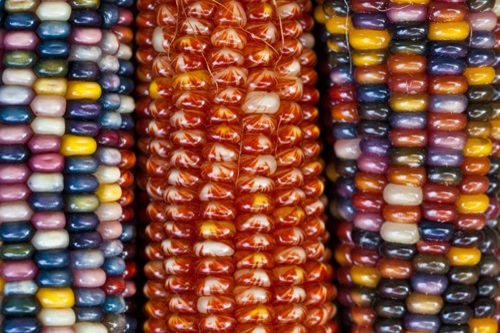
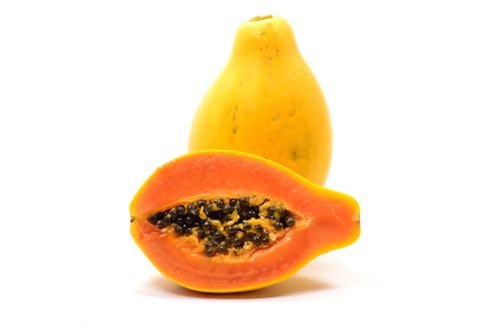
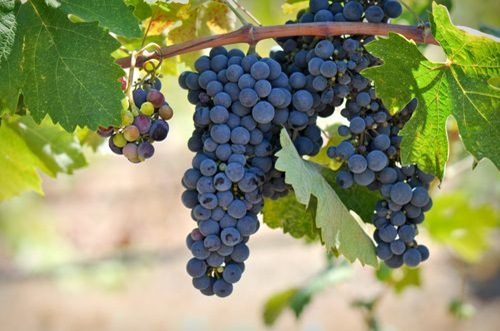

No comments:
Post a Comment
Please adhere to proper blog etiquette when posting your comments. This blog owner will exercise his absolution discretion in allowing or rejecting any comments that are deemed seditious, defamatory, libelous, racist, vulgar, insulting, and other remarks that exhibit similar characteristics. If you insist on using anonymous comments, please write your name or other IDs at the end of your message.